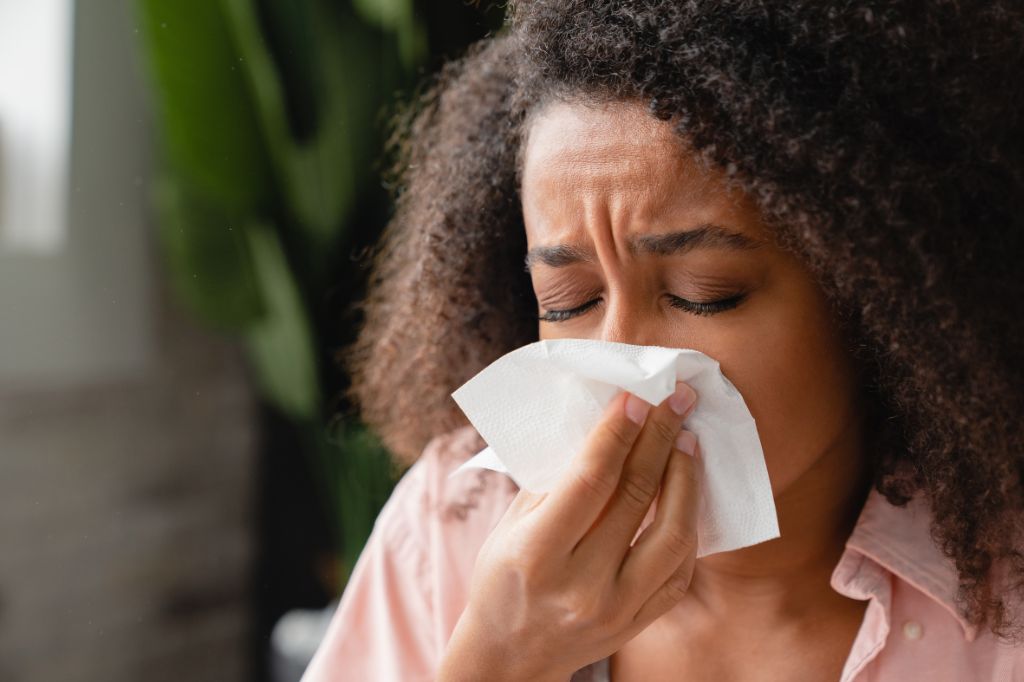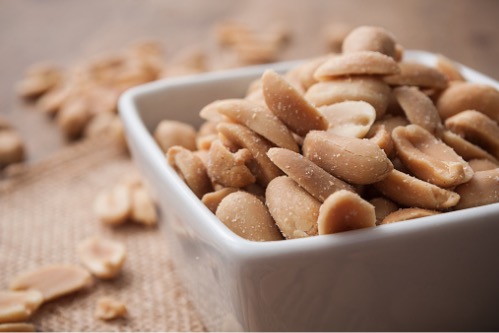
Spring Allergies: A Survival Guide
Springtime is finally here. A time when the weather gets warmer, the days get longer, and the flowers start to bloom. Unfortunately, spring is also one of the busiest times of year for allergies. For many people, spring allergies can be a real nuisance. Fortunately, there are some things you can do to help prevent and minimize your symptoms.
From pollen to mold, allergies can come from a variety of sources. Regardless of what is causing you to sneeze and sniffle, this survival guide may help you get a handle on your seasonal allergies.
What Causes Springtime Allergies?
Have you ever gotten ready to enjoy a beautiful spring day only to be hit with a runny nose and watery eyes? As you step outside, you’ll probably notice your driveway and car are blanketed with a yellow powder. That powder is pollen, and it’s one of the most common spring allergy triggers.
Pollen can come from various sources, including trees, grasses, and weeds. While pollen is necessary for the reproduction of plants, it can be a real problem for people with a pollen allergy.
Pollen particles are tiny and light, which means they can easily get into your nose and lungs. When this happens, your body views the pollen as a foreign invader and triggers an immune response.
However, your allergies may not be caused by pollen alone. Other common allergy triggers include:
- Dust mites
- Animal dander
- Mold spores
What Can I Do to Prevent Spring Allergies?
If you suffer from spring allergies, a lovely day can quickly turn into a miserable one. As a result, you may be tempted to stay inside until spring is over. But it doesn’t have to be this way. There are some things you can do to control your symptoms.
1. Understand Your Triggers
The first step in preventing spring allergies is to understand your triggers. If you know what causes your symptoms, you can begin to take steps to avoid them.
If you aren’t sure what’s triggering your allergies, consider keeping an allergy journal. This is a record of the foods you eat, your activities, and how you feel. After a few weeks, you may start to see patterns emerge. In addition, an allergist can do skin or blood tests to determine the underlying cause of your allergies.
2. Reduce Your Exposure
Once you know what triggers your spring allergies, you can take steps to reduce your exposure. For example, If pollen is your trigger, you may want to:
- Stay indoors on days when pollen counts are high
- Wear a hat and sunglasses when you go outside
- Avoid mowing the lawn or playing in fields of grass
- Keep windows and doors closed
3. Clean Regularly
Dust, mold, and animal dander can also trigger allergies. Keeping a clean and tidy home can help reduce exposure to these triggers. Things like regularly changing the sheets, vacuuming, and dusting can make a big difference.
While cleaning, it is easy to become exposed to what you are trying to avoid. To reduce your exposure, try wearing a mask and gloves while cleaning. Also, keep the humidity in your home low using a dehumidifier.
4. Take Antihistamines
Taking an antihistamine may help prevent spring allergies by reducing the histamines in your body. There are many over-the-counter antihistamines available, but it is always good to speak to your allergist before taking any medication.
Taking an antihistamine daily before your symptoms start may help reduce the severity of your spring allergies.
What Can I Do If My Allergies Start?
While cleaning, limiting your exposure, and taking antihistamines can help prevent spring allergies, there is no guarantee that you will be symptom-free. However, if your spring allergies do start, these tips may help you find relief.
1. Stay Hydrated
If you begin to experience a runny nose, congestion, or sneezing, it is important to stay hydrated. Drinking lots of water will help thin the mucus in your nose and make it easier to breathe. Furthermore, avoid beverages containing alcohol or caffeine, which can worsen your allergy symptoms.
2. Use Nasal Sprays
If you are struggling with a stuffy nose, nasal sprays may help. Saline sprays work to moisten the inside of your nose and help clear out any irritants. Using a neti pot with a saline solution is another option for clearing the nasal passages.
3. Take a Warm Bath or Shower
Taking a warm bath or shower not only helps wash away the allergens on your skin, but the steam can also help open your nasal passages. As you shower, take slow, deep breaths to allow the steam to reach your sinuses.
4. Apply a Cold Compress
A cold compress can help relieve allergy symptoms such as puffy eyes, a runny nose, sinus pressure, and congestion. Simply apply a cold, damp cloth or ice pack to the affected area for a few minutes at a time.
Treat Springtime Allergies At Northeast Allergy
While avoiding your triggers, taking antihistamines, and using at-home remedies can help lessen your spring allergies, visiting an allergist is the best way to find relief.
Northeast Allergy is devoted to identifying and treating even the most difficult allergies. Through our comprehensive testing and personalized therapies, we can help you find relief so you can enjoy the spring season. Contact us to request an appointment today.



